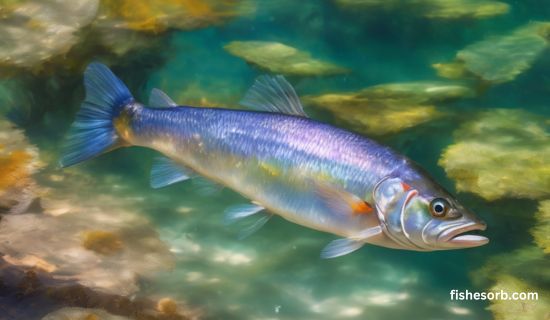Introduction
In the vast expanse of our oceans, herring fish stand out as fascinating creatures, integral to marine ecosystems and human history. This comprehensive guide delves into the intricate details of herrings, exploring their taxonomy, distribution, species, and ecological significance.
The Enigmatic Herring Family
Herrings, predominantly belonging to the Culicidae family, are forage fish that navigate the expansive waters of the North Pacific, North Atlantic, Baltic Sea, Arabian Sea, Indian Ocean, Bay of Bengal, and off the west coast of South America. These agile swimmers often form massive schools, a spectacle in shallow, temperate waters.

Key Species
- Atlantic Herring (Clupea harangues Linnaeus, 1758):
- Maximum Length: 45.0 cm
- Common Length: 30.0 cm
- Maximum Weight: 1.05 kg
- Maximum Age: 22 years
- Trophic Level: 3.23
- Conservation Status: Least Concern
- Pacific Herring (Clupea palladia Valenciennes, 1847):
- Maximum Length: 46.0 cm
- Common Length: 25.0 cm
- Maximum Age: 19 years
- Trophic Level: 3.15
- Conservation Status: Not Assessed
Related Species
Several related species, including Toothed River Herring, Day’s Round Herring, and Galapagos Thread Herring, contribute to the diverse herring family.

Unraveling the Herring Mystery
The term “herring” finds its roots in the Old High German word “Heri,” meaning a “host, multitude,” reflecting the massive schools these fish form. The genus Clupea comprises two key species: Atlantic herring in the North Atlantic and Pacific herring mainly in the North Pacific.
A Glimpse into Herring Characteristics

The species of Clupea, part of the larger Culicidae family, share common features. Silvery colored with a single dorsal fin, these fish lack spines, have no lateral line, and possess a protruding lower jaw. Size variations exist, from the small Baltic herring to the larger Pacific herring.
Life Cycle Chronicles
Herrings exhibit a fascinating life cycle, spawning throughout the year in different locations. The survival journey from eggs to larvae involves strategic placement on the seabed, where mucous-coated eggs adhere to various surfaces. Factors like water microturbulence impact herring egg survival rates.

Ecological Marvels
Herrings play a vital role in marine ecosystems, both as consumers of copepods, arrow worms, and krill and as prey for higher trophic levels. The reasons behind their ecological success remain mysterious, with speculations pointing to the impressive schools they form.
Visualizing the Herring World
Consider exploring the intricate relationships within the herring family through the following diagram:

Conclusion
In this in-depth exploration, we’ve unraveled the enigmatic world of herrings, from their taxonomy and life cycle to their ecological role. As we navigate the depths of this aquatic marvel, the herring family emerges as a captivating subject, contributing to the intricate web of life in our oceans.



